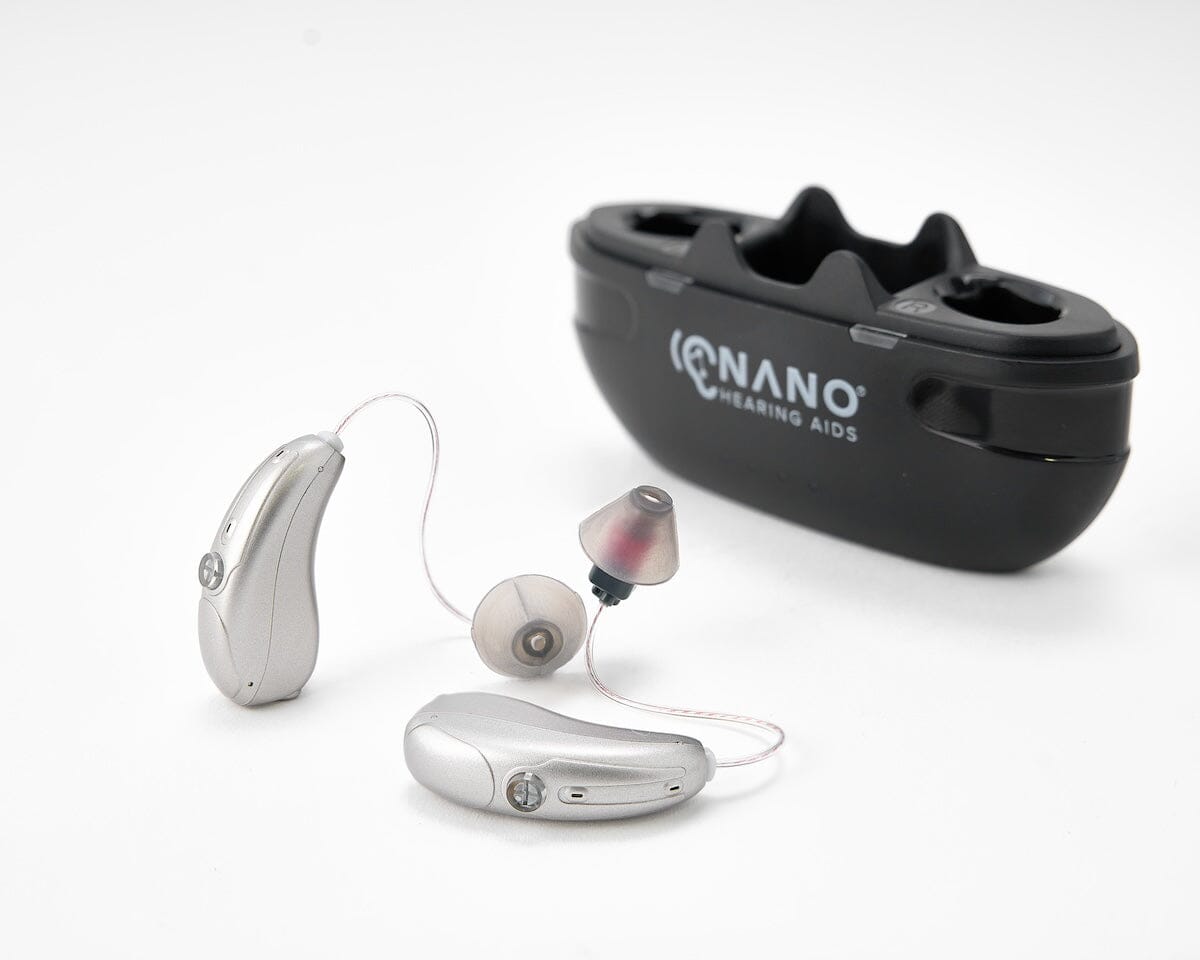What is Bone Anchored Hearing Aid (BAHA) and Cochlear Implant?
BAHA helps individuals with conductive, mixed hearing loss, or single-sided deafness by using bone conduction to transmit sound directly to the inner ear - bypassing the outer and middle ear.
Differences Between BAHA and Cochlear Implant
Features of BAHA and Cochlear Implant
Pros & Cons of BAHA and Cochlear Implant
How Nano Hearing Aids Are Different
Frequently Asked Questions (FAQ)
Who is a suitable candidate for BAHA?
Individuals with conductive hearing loss, mixed hearing loss, or single-sided deafness are suitable candidates.











